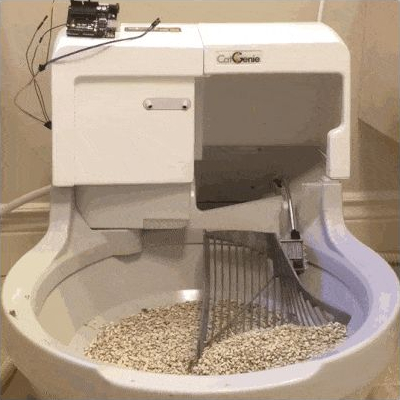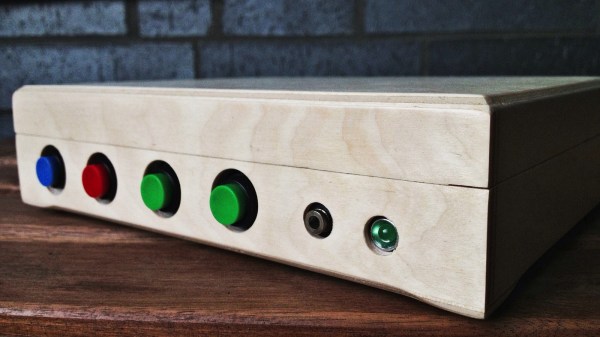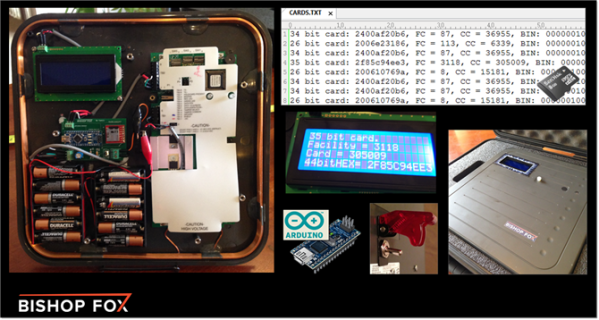Ever hear of the Phoniebox project? If not – tune in, that’s a hacker’s project your entire family will appreciate. Phoniebox is a software suite and tutorial for building a jukebox controlled through RFID cards, and it can play audio from a wide variety of sources – music and playlists stored locally, online streams like internet radio stations, Spotify, podcasts of your choice, and so on. It’s super easy to build – get a Raspberry Pi board, connect an NFC reader to it, wire up a pair of speakers, and you’re set. You can assemble a PhonieBox together with your kids over the weekend – and many do.
Want some inspiration, or looking to see what makes Phoniebox so popular? Visit the Phoniebox gallery – it’s endearing to see just how many different versions have been built over the six years of project’s existence. Everyone’s Phoniebox build is different in its own special way – you bring the hardware, Phoniebox brings well-tested software and heaps of inspiration.
You already have a case to house a Phoniebox setup – if you think you don’t, check the gallery, you’ll find that you do. Experiencing a problem? There’s a wealth of troubleshooting advice and tutorials, and a helpful community. Phoniebox is a mature project and its scale is genuinely impressive – build one for your living room, or your hacker’s lair, or your hackerspace. RFID-controlled jukeboxes are a mainstay on Hackaday, so it’s cool to see a project that gives you all the tools to build one.


















